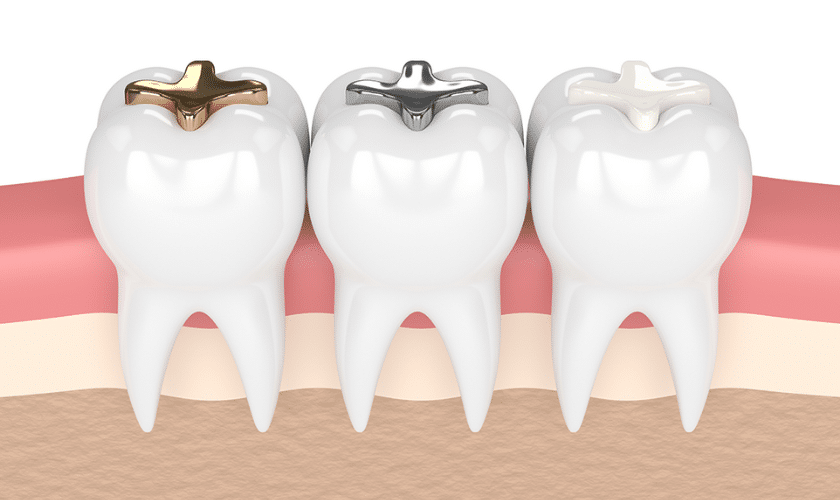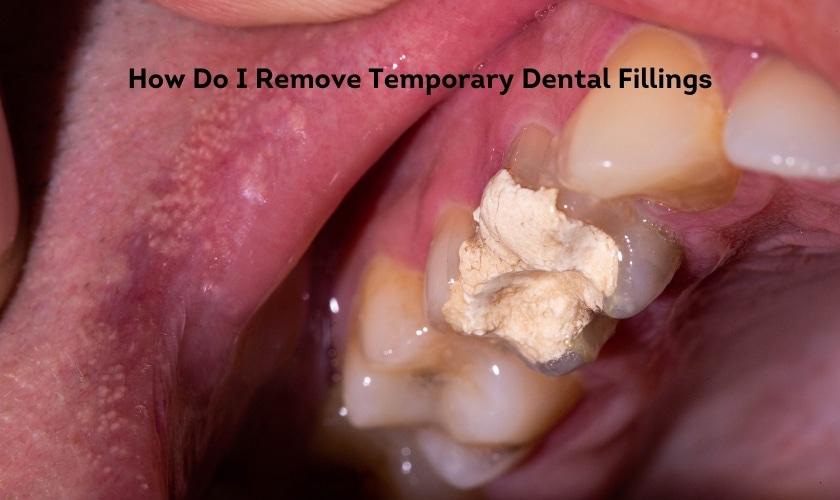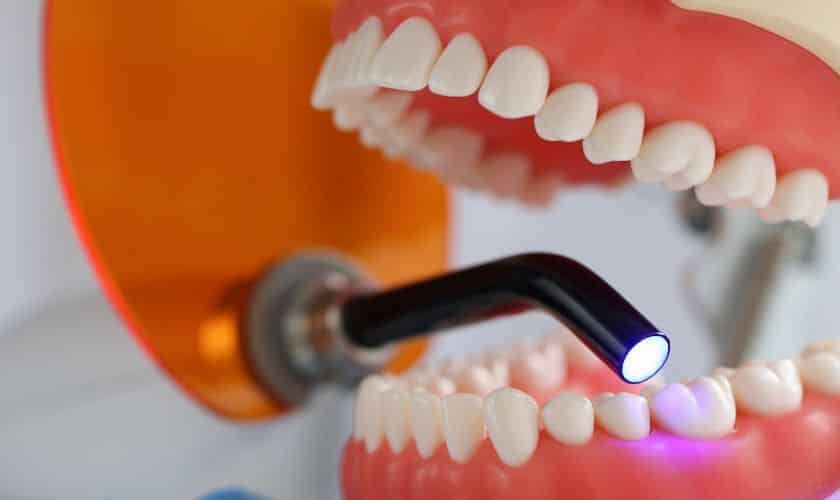
A filling is a procedure for decayed teeth that restores function and shape while preventing future deterioration. It’s also one of the most common treatments performed in the dentist’s office, so there’s no need to be worried, especially if you follow a decent brushing and flossing regimen.
What is a Dental Filling?
Dental fillings are a type of treatment that is used to replace missing tooth structures that may have occurred as a result of disease or damage. Decay hollows out teeth. Dental fillings help to bridge this gap and prevent it from further deterioration. A filling is also used to repair fractured or cracked teeth, as well as teeth that have worn down due to dental habits such as teeth grinding, nail-biting, and so on.
What Steps Are Involved in Filling a Tooth?
First, the dentist will numb the region around the tooth to be filled using a local anesthetic. The deteriorated region will then be removed using a drill, air abrasion tool, or laser. The instrument used is determined by the individual dentist’s comfort level, training, and investment in the specific piece of equipment, as well as the location and amount of the decay.
Following that, your dentist will probe or examine the region to see if all of the decay has been removed. After the decay has been removed, the dentist will clean the cavity of bacteria and debris in preparation for the filling. If the decay is close to the root, your dentist may place a liner made of glass ionomer, composite resin, or another material to protect the nerve first. After the filling is in place, your dentist will usually finish and polish it.
For tooth-colored fillings, several additional stages are required, which are as follows. The tooth-colored material is put in layers after your dentist has removed the decay and cleaned the area. Then, a specific light is used to cure or harden each layer. When the multilayering process is finished, the dentist will mold the composite material to the appropriate form, trim off any extra material, and polish the final restoration.
What Types of Filling Materials Are Available?
There are various dental filling materials available today. Gold, porcelain, silver amalgam (a mixture of mercury, silver, tin, zinc, and copper), or tooth-colored, plastic, and material fillings known as composite resin fillings can be used to fill teeth.
Gold Fillings
Benefits of gold fillings:
- Durability is at least 10 to 15 years, and frequently much longer; it does not corrode.
- The capacity to resist chewing forces.
- Some patients feel gold fillings to be more aesthetically beautiful than silver amalgam fillings.
Silver Fillings (Amalgams)
Benefits of silver fillings:
- Silver fillings have a lifespan of at least 10 to 15 years and typically outlast composite (tooth-colored) fillings.
- The strength to tolerate chewing forces
- The cost may be cheaper than that of composite fillings.
Tooth-colored Composites
Composites provide the following advantages:
- The composite fillings’ shade can be carefully matched to the color of the existing teeth. Composites are ideal for usage in front teeth or visible areas of teeth.
- Composite fillings bond to tooth structure micro-mechanically, providing additional support.
- Composite fillings are versatile because, in addition to being used as a filling material for disease, they can also be utilized to repair chipped, cracked, or worn teeth.
- When eliminating cavities and preparing for the filling, tooth-sparing preparation may need less dental structure removal than amalgam fillings.
We hope this blog has helped you understand more about dental fillings. Visit Arcade Dental, if you are looking for the best dental filling in Pharr, TX. Book your appointment today.




